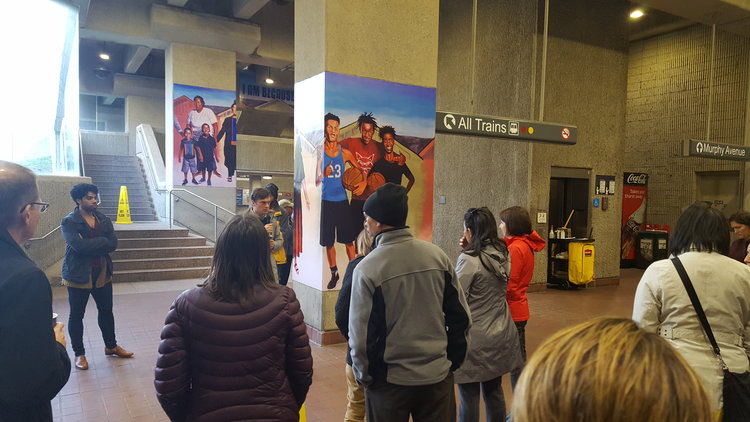Mariia Zimmerman is the Principal and Founder of MZ Strategies, LLC and consults for SPARCC on federal policy issues. A recent post on her blog focused on regional efforts among SPARCC sites to battle displacement. On August 8, Mariia spoke about these issues and SPARCC at the American Public Transportation Association (APTA) Sustainability & Multimodal Conference in Minneapolis. SPARCC will present at their Annual Meeting & EXPO in Atlanta, GA from October 8-11. Below is an excerpt from her blog post.
By Mariia Zimmerman
Full version originally posted on MZ Strategies blog
We’ve seen in places like Denver, Los Angeles and San Francisco massive gentrification and rising land values pushing thousands of low-income and people of color out of their homes and small businesses. For some places, like South Chicago and North Memphis, investment and economic growth have been largely absent and residents struggle with alarming asthma rates, escalating energy bills, unsafe housing, and lack of affordable and reliable transportation options to reach regional jobs. Investment is desired, but feared by residents who mean it’s the first sign that the will be forced out by, rather than benefit from, these improvements.

Members of the Transformation Alliance in Atlanta, GA show SPARCC partners their vision for transforming MARTA stations into active, art-filled community spaces. (Photo: MZimmerman, 2017)
Each SPARCC region is crafting their own unique approaches and pipeline of projects, but common across all is the desire for a new type of community development that is not done to a neighborhood but with the neighborhood to shape, implement, and possibly own. Advocates in Los Angeles are exploring how tenant protections can be strengthened as part of the region’s larger transit network build-out. In Chicago, residents are supporting the 606 Affordability ordinance to directly tackle gentrification happening along an old elevated railway turned into a linear park. In Atlanta, local partners are working with the regional transit agency, MARTA, to try and create a Living Transit Fund that would provide a new and steady stream of funding to support affordable housing near transit.
SPARCC partners and local residents are organizing to support new infrastructure (trails, transit, stormwater) and simultaneously crafting policies to reduce displacement. To be honest, this type of linked action is long overdue. The urban renaissance of the past decade, especially in places with new transit investment, is bringing people back to the city and revitalizing neighborhoods long overlooked by the market and public sector.
I’ve spent much of my career working to support and track this transformation, however, the loss of neighborhood culture, businesses, and homes is a real threat that is undermining this progress. People of color are the most impacted but even in a place like San Jose, a tech worker making a six-figure salary is hard pressed to find housing that is affordable anywhere near their job. Displacement poses health and educational disparities as families are evicted and forced to live further away from jobs, their personal support networks and social services.
I invite you to follow our work through SPARCC so that we may learn together, and push for larger reform to the institutions and systems where generations of racism are embedded. The growing suburbanization of poverty, persistent homelessness and growing racial disparities in health, education, employment, and a myriad of other indicators all give testimony to gentrification’s impacts. Racial biases within finance, land use, criminal justice, transportation and housing systems persist in virtually every region of this country. We are at a moment in time, it feels, where we can go backwards to the days of redlining, Jim Crow, and mass incarceration; or we can come together and move forward to find new ways for building wealth within communities of color and investing in infrastructure that contributes to health, climate, and economic goals while also meeting their core functions of moving people, water or energy.